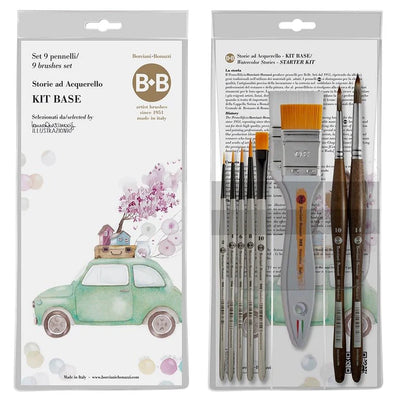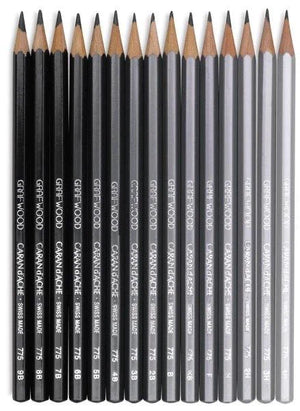Table of Contents
Understanding the Basics: Is Oil Paint Toxic?
Components of Oil Paint and their Toxicity
Safety Measures when Using Oil Paints
The Sydney Art Store's Commitment to Safe Art Supplies
Understanding the Basics: Is Oil Paint Toxic?
In the world of art, oil paints have long been a favourite medium for their rich colours and versatility. However, the question often arises - "Is oil paint toxic?" The answer is not as straightforward as it might seem. While oil paint in its basic form is not toxic, certain components or pigments used in its manufacture can be harmful if not handled properly. In this context, it is essential to understand the components of oil paints and their potential effects on health.
Components of Oil Paint and their Toxicity
Oil paints primarily consist of pigments and oil. The pigments are the colouring agents and could be organic or inorganic. While organic pigments are usually non-toxic, some inorganic pigments, especially those containing metals like lead, chromium, or cadmium, can pose health risks if ingested, inhaled, or come in contact with the skin. The oil, typically linseed oil, is non-toxic but can cause allergic reactions in some individuals. It is advisable to check the labels of oil paint products for any harmful components and always adopt safe usage practices.
Safety Measures when Using Oil Paints
Ensuring safety while using oil paints involves a combination of careful handling, proper ventilation, and personal protective equipment. It's crucial to avoid skin contact with paints, especially those containing toxic pigments. Wearing gloves, using a paintbrush instead of fingers, and thoroughly washing hands after painting can help prevent potential skin irritations. Moreover, appropriate ventilation in the painting area can minimize the inhalation of harmful particles. It's also recommended to keep paints out of reach of children and pets.
The Sydney Art Store's Commitment to Safe Art Supplies
At THE SYDNEY ART STORE, we take the safety of our customers very seriously. We understand the concerns around the toxicity of oil paints and are committed to providing products that are safe without compromising on quality. All our oil paints are thoroughly checked for harmful components and labelled accordingly. We also provide detailed safety instructions with each product. Visit our website, https://thesydneyartstore.com.au/, to explore our range of safe and high-quality art supplies for your creative endeavours.













